Contents
- WWE Quick Stats
- WWE Profile Summary
- Images of WWE Brand Lovers
- WWE Timeline
- Videos created by WWE Brand Lover
- Presentations about WWE as a Brand
- Articles related to WWE
- WWE Facebook Fan Page
| Certified Cult Brand | ||||
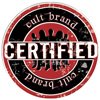 | We have tracked businesses with unprecedented brand loyalty since 2001. A Certified Cult Brand is a designation we hold for brands that fulfill specific market criteria, including upholding the Seven Rules of Cult Brands. | |||
Quick Stats for WWE
WrestleMania III in 1987 attracted 93,173 fans to the Pontiac Silverdome, setting an indoor attendance record that still stands.
In 2010, WWE performed 327 live events, including 74 international events
WWE produces new television programming 52 weeks a year. The programming can be seen in more than 145 countries and heard in 30 languages.
WWE.com, attracts an average of 12.9 million monthly unique visitors worldwide.
WWE programming reaches 13 million viewers in the U.S. each week.
For his accomplishments in entertainment, television, and pay-per-view, McMahon, one of the longest running personalities on television, was awarded a star on the Hollywood Walk of Fame in 2008.
WWE has supported the U.S. military, bringing WWE Superstars to war zones in Iraq and Afghanistan since 2002 to entertain the troops.
Website: http://www.wwe.com/
WWE Cult Brand Summary
World Wrestling Entertainment’s (WWE) Vince and Linda McMahon are both masters at challenging and shattering conventional wisdom. They prove that anyone can build a Cult Brand. Neither Vince nor Linda McMahon grew up with a silver spoon in their mouths. In fact, Vince McMahon started out his career selling Encyclopedia Britannica door-to-door before eventually joining his father’s small wrestling company in 1971.It was 1982 when they first decided to really roll the dice in the wrestling world. The two convinced Vince’s father and partners to sell them the family wrestling business. They agreed to make four quarterly payments of roughly $250,000 each. If Vince and Linda missed a payment, they would lose everything, and the business would revert back to the partners of Vince’s father.Their big gamble worked. Through relentless hustling, the McMahons were able to scrape together enough money to cover the four payments. Within a year, WWE was theirs. With the issue of ownership and control out of the way, the McMahons next set their eyes on another huge challenge: turning WWE into the first national wrestling brand. At the time, the idea of a national wrestling brand seemed high unlikely, not to mention highly risky.
Building a national brand meant that they had to be willing to break the unwritten rule that the twenty or so regional promoters who controlled U.S. wrestling wouldn’t compete with each other. They began by taking what little profits they had and paying local TV stations to regularly broadcast tapes of their company’s wrestling matches. The McMahons figured that wrestling fans nationwide who watched on television would eventually find themselves craving an exciting live WWE match in their own towns, instead of the tame offerings of the local promoter. They were right. WWE’s risky TV broadcast strategy ended up working incredibly well.
Four years after the McMahons started their videotape blitzkrieg, only a handful of regional wrestling operators remained in business, and these survivors were running scared. WWE’s promotions had not only won it thousands of new fans, but it also helped make the McMahons appear much larger and more powerful than they really were. Their risk taking redefined professional wrestling.
Despite the current size of WWE, the McMahons still understand the importance of listening to the choir. “You really have to be listening and providing them with what they want to see,” says Lind McMahon.
WWE’s live matches give the company a unique opportunity to see what its most loyal fans like or dislike about a show on any given night. Introduce a new wrestler or storyline twist the crowd doesn’t like, and chants of, “Booring! Booring!” will soon follow. By the same token, if WWE hits upon a great new gimmick or introduces a cool new wrestler, their always vocal fans will let them know about it. Scripts aren’t fully set until the day of the show, and WWE will sometimes even change a script in mid-show based upon a positive or negative reaction.
Today, WWE is the only international brand of any consequence in professional wrestling. Taking huge risks and always keeping the fans alive allowed Vince and Lind McMahon to build from scratch an entertainment empire that generates over $400 million in sales annually.
Timeline of WWE’s Rise as a Cult Brand
1953 Roderick McMahon and Raymond Mondt created the Capitol Wrestling Corporation Ltd and joined the National Wrestling Alliance (NWA).
1954 Ray Fabiani, one of Mondt’s associates, brought in Vincent J. McMahon to replace his late father Roderick in promotions. McMahon and Mondt were a successful combination, and within a short time, they controlled approximately 70% of the NWA’s booking
1979 Capitol Wrestling grows, providing syndicated programming to 30 television stations.
1980 The son of Vincent J. McMahon, Vincent K. McMahon, founded Titan Sports, Inc.
1982 Titan Sports purchases Capitol Wrestling, the company founded by Vince McMahon’s father. Wrestling is still regarded as a regional enterprise, but with the purchase of Capitol, Titan has the opportunity to give the company that would become World Wrestling Entertainment much greater geographic coverage and position as entertainment, not sport.
1984 Launch of World Wrestling Federation Victory magazine.
1985 McMahon leverages the new technologies of pay- per-view and closed-circuit TV for the first WrestleMania from Madison Square Garden. The main event is a tag-team match between Hulk Hogan, Mr. T and Jimmy “Superfly” Snuka vs. Rowdy Roddy Piper, Paul Orndorff and Cowboy Bob Orton.
1987 The heavily marketed WrestleMania III attracts 93,173 fans to the Pontiac Silverdome outside Detroit.
1997 WorldWrestlingFederation.com launches in June, later renamed WWE.com.
1999 World Wrestling Federation debuts as a publicly traded company listed on the New York Stock Exchange.
2002 World Wrestling Federation officially becomes World Wrestling Entertainment Inc. Later that year, more than 1 million viewers purchase WrestleMania X-6 on pay-per-view, making it the most watched non-boxing event in pay-per-view history at the time.
2002 WWE Films is established and later renamed WWE Studios in July.
2006 Nearly 6 million households purchase WWE pay-per-view events, placing WWE among the largest pay-per-view event programming providers in the world.
2006 Extending into broadband, WWE launches WWE Mobile.
2007 WWE opens an office in Shanghai.
2008 Targeting fans ages 6-14, WWE launches WWE Kids magazine and the accompanying website, wwekids.com. Also, USA Network’s “Monday Night Raw” celebrates its 800th episode.
2009 WWE celebrates the 25th anniversary of Wrestle-Mania at Reliant Stadium in Houston.
Images of WWE Brand Lovers
 |
 |
 |
 |
 |
 |
 |
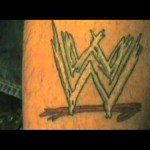 |
 |
 |
 |
 |
 |
 |
 |
 |
 |
Videos Created By WWE Brand Lovers
Presentations About WWE As a Brand
Articles related to WWE
WWE Craze — The Collegian, By Erin O’Brien
WWE Facebook Fan Page
http://www.facebook.com/wwe
Browse Cult Brands | ||||
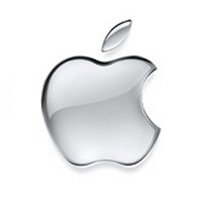 |  |  | 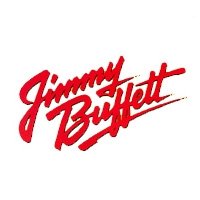 | 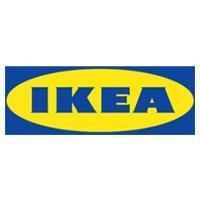 |
 | 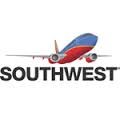 |  | 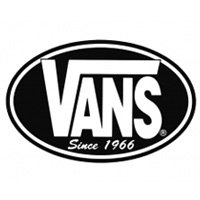 |  |
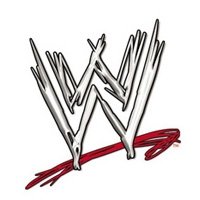 |  |  | ||

